Crypto Scarcity Drives Price: A Concept Even Nouriel Roubini Should Understand
Scarcity is becoming a key driver in token economics.
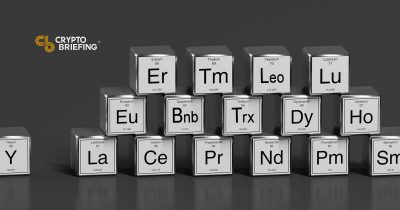
Share this article
As the Bitcoin bull market surges on, other projects are ever more aware of the fundamental appeal that BTC has: scarcity. There will only ever be 21 million coins in circulation, and Bitcoin’s inflation is set to become lower than the US Federal Reserve after the halving.
Other crypto projects not using a proof of work algorithm are increasingly exploring how to add their own forms of scarcity. We’re seeing more popularity in token buybacks, staking, and transparent locking mechanisms to reduce supply and increase the value of tokens.
Token buybacks are when a project has cash on hand and commits to burning a set amount of tokens to permanently remove them from circulation. This reduces the supply and increases the scarcity of the token. Projects that have committed to token buybacks are BNB, IOST, TRX, LEO, GXC, STPT and NAS.
The market clearly reacts positively to increased scarcity announcements.
GXChain announced the second round of buy-backs with $500k, which increased the scarcity and demand for the token overnight:
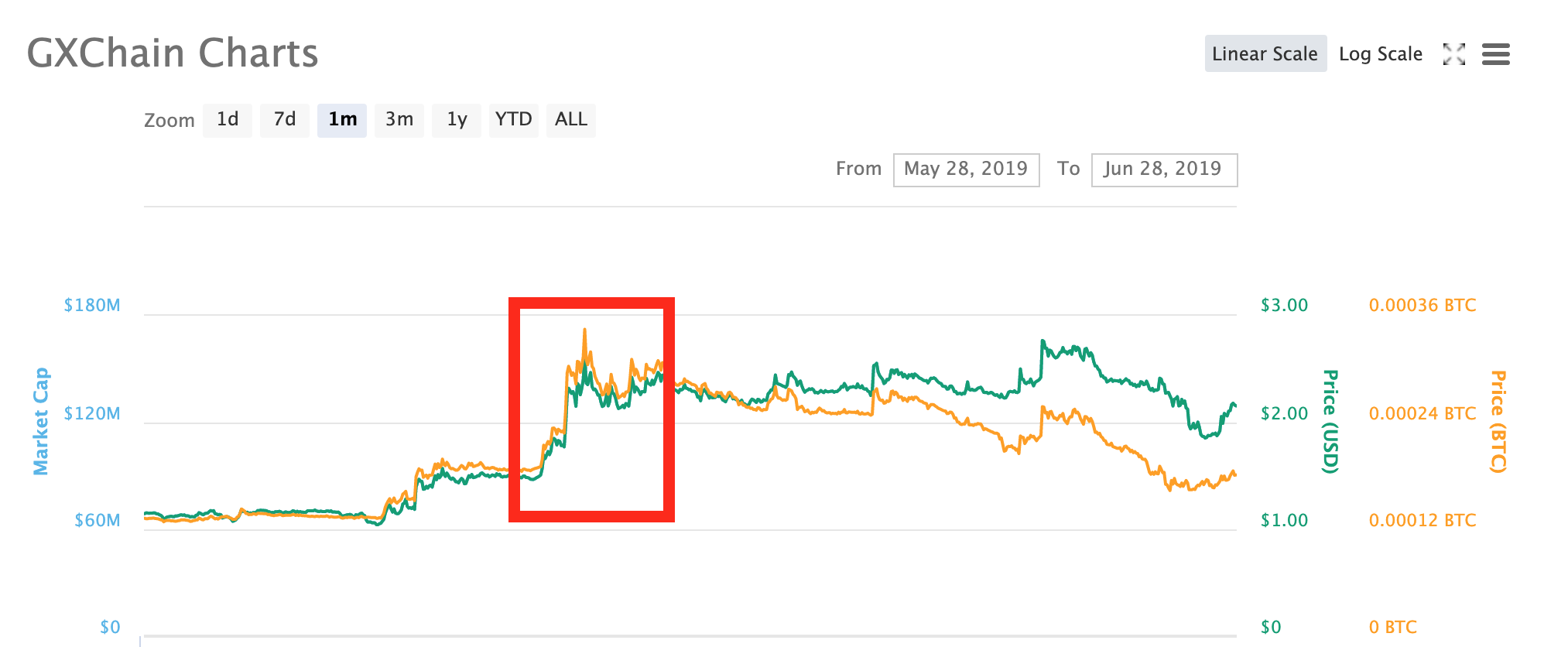
IOST announced a buyback and lockup program on April 2nd, and the market reacted as expected (before a large sell-off…)
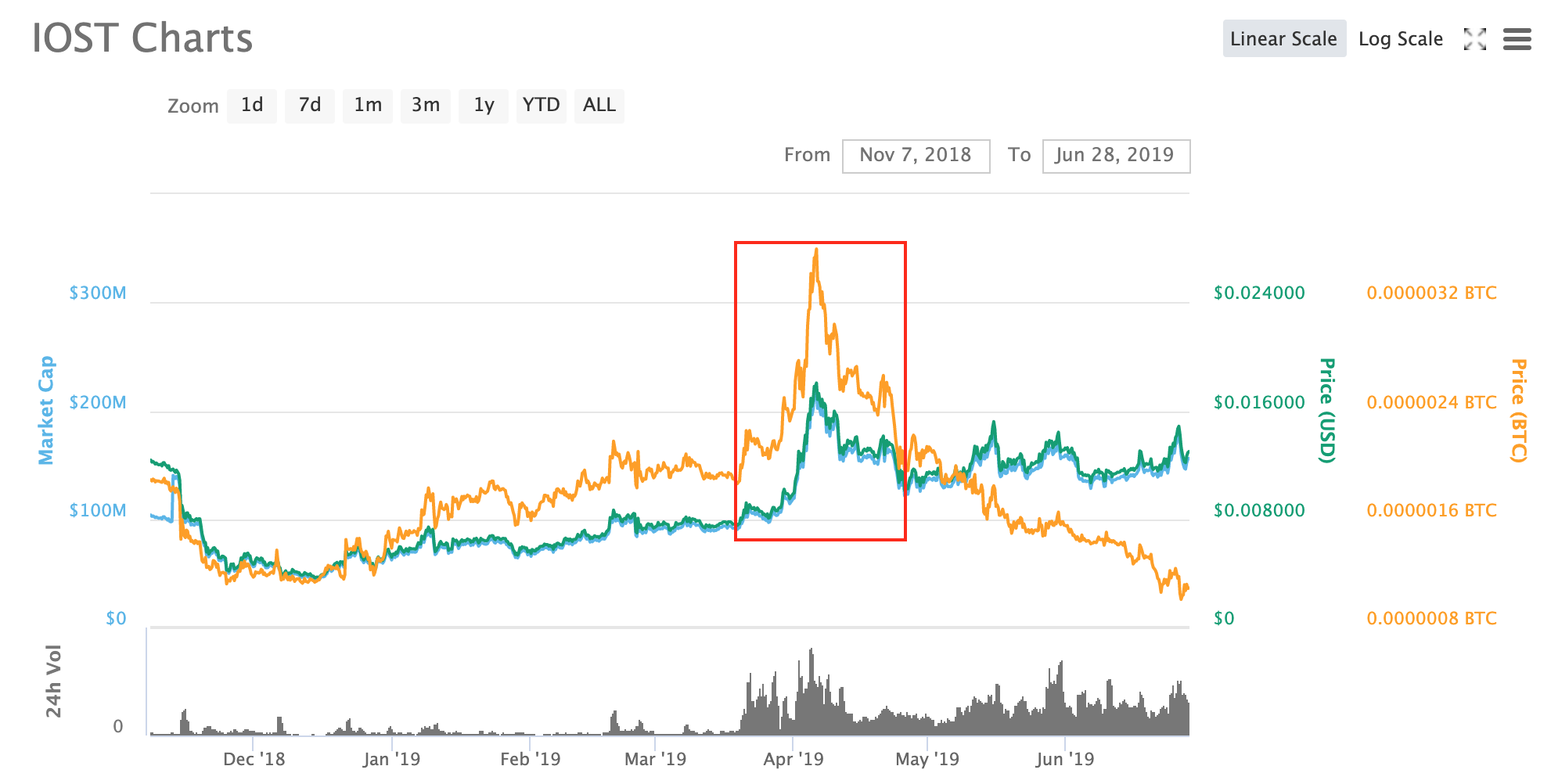
Nebulas announced a similar $10 million token buyback program on June 10th:
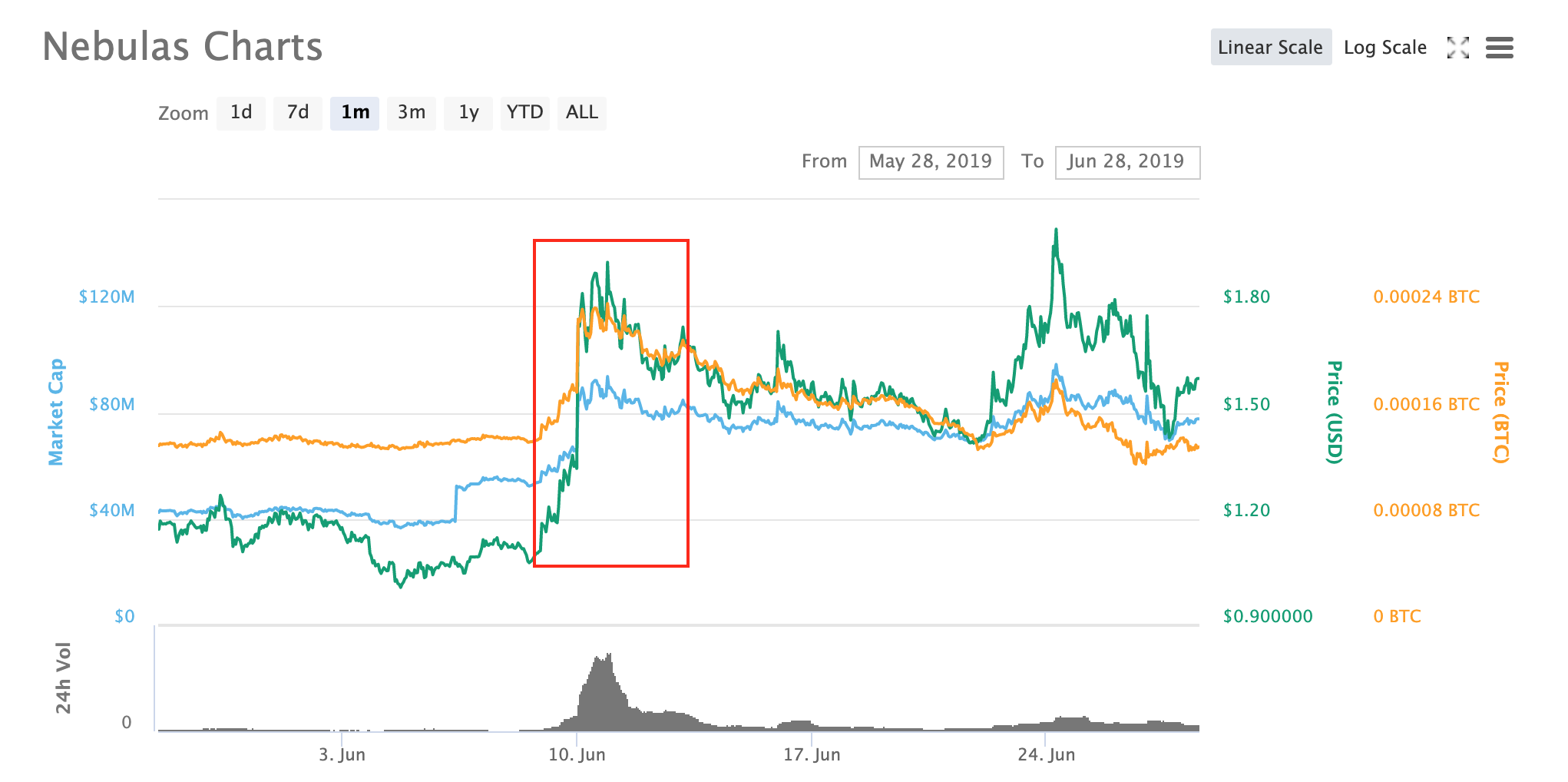
Despite some loss in value from the peak, all of these illustrate that a token buyback can drive short / mid-term price action: all three projects had increases in USD value that were subsequently sustained at some level.
A token buyback program is similar to a stock repurchasing plan in traditional finance, but there’s a key difference. The share price may increase to improve the company’s balance sheet, but the issuing company has more voting power afterwards since they own more shares.
In a token buyback, the coins are typically burned from existence, so the benefits are mostly for the token holders in the form of increased scarcity.
But buyback programs aren’t the only economic tool that crypto companies are using to increase scarcity. Staking and masternode programs offer a similar advantage, since you need to lock up your tokens for a period of time. This introduces a temporary supply reduction because the number of coins in circulation is lowered.
By locking your coins you can earn interest. For example, Tezos offers 7% yield for every year you lock your tokens up.
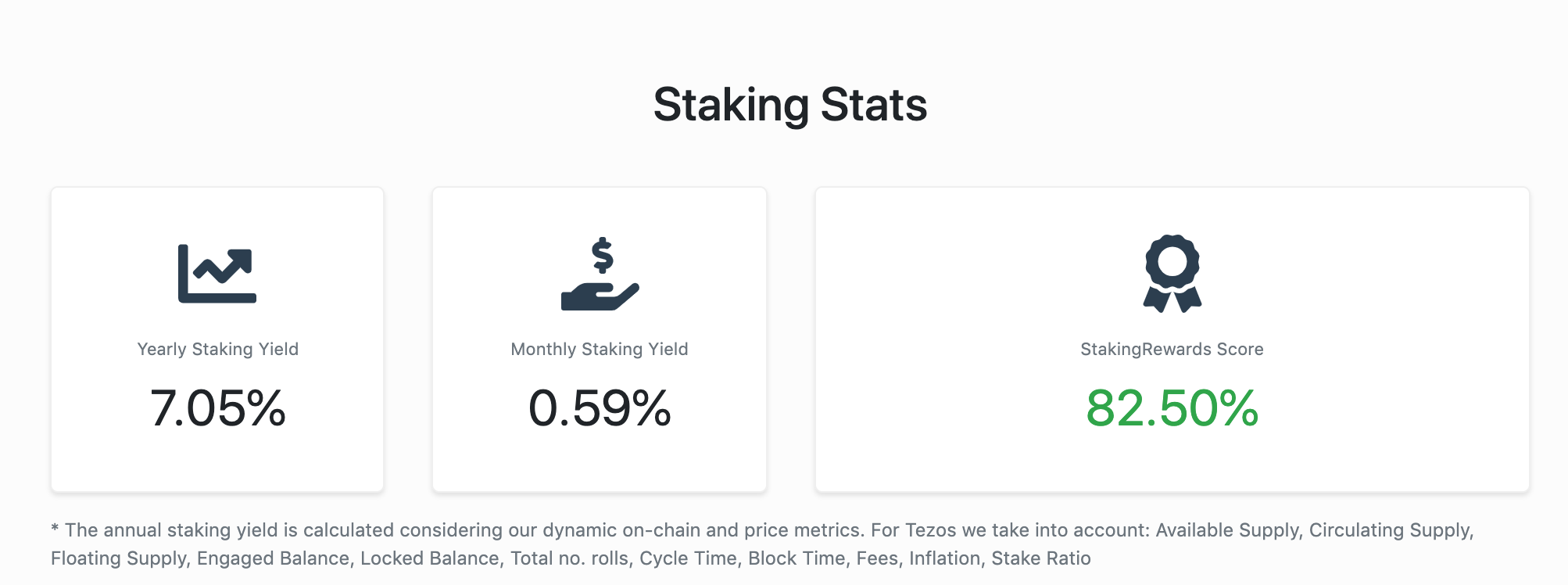
Another novel concept to introduce scarcity is what the Standard Tokenization Protocol is calling “Proof of Business” (PoB), where token holders stake their tokens to earn access to a variety of benefits, such as access to the company’s ecosystem of service providers.
PoB offers a transparent smart contract which allows the world to see exactly how many coins are locked up, and for how long. One of the token’s backers, Block72, is currently locking $1M in tokens as a scarcity incentive mechanism following a recent IEO.
The projects that are able to create scarcity in any form are seemingly becoming more popular. Investors are becoming more knowledgeable, but so are projects when it comes to token economics.
It’s almost as though there’s some kind of relationship between the concepts of ‘supply’ and ‘demand’… if only there was a world-class economist who understood this in crypto-economics.
Sadly, there isn’t.
Share this article
